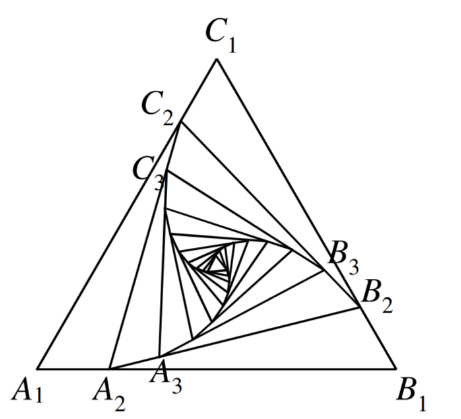
AllQuestion and Answers: Page 1029
Question Number 116756 Answers: 2 Comments: 0
Question Number 116753 Answers: 1 Comments: 0
Question Number 116746 Answers: 1 Comments: 0
Question Number 116744 Answers: 4 Comments: 0
Question Number 116742 Answers: 0 Comments: 0
Question Number 116738 Answers: 1 Comments: 1
Question Number 116737 Answers: 1 Comments: 0
Question Number 116710 Answers: 2 Comments: 0

Question Number 116701 Answers: 2 Comments: 2
$$\int\:\frac{\mathrm{dx}}{\mathrm{x}+\mathrm{x}\sqrt{\mathrm{x}}}\:=? \\ $$
Question Number 116700 Answers: 1 Comments: 0
Question Number 116695 Answers: 2 Comments: 0
Question Number 116687 Answers: 2 Comments: 0
Question Number 116685 Answers: 1 Comments: 0
Question Number 116683 Answers: 2 Comments: 0
Question Number 116674 Answers: 2 Comments: 1

Question Number 116672 Answers: 2 Comments: 0
Question Number 116669 Answers: 1 Comments: 1

Question Number 116667 Answers: 1 Comments: 0
Question Number 116666 Answers: 1 Comments: 0

Question Number 116763 Answers: 0 Comments: 1
$$ \\ $$$$\:\:\:\:\:\int\frac{{dx}}{\:\sqrt[{\mathrm{3}}]{\mathrm{1}+{x}^{\mathrm{3}} }}=? \\ $$
Question Number 116759 Answers: 2 Comments: 0

Question Number 116658 Answers: 2 Comments: 2

Question Number 116717 Answers: 2 Comments: 0
Question Number 116725 Answers: 4 Comments: 3
Question Number 116722 Answers: 1 Comments: 0
Question Number 116641 Answers: 1 Comments: 0

Pg 1024 Pg 1025 Pg 1026 Pg 1027 Pg 1028 Pg 1029 Pg 1030 Pg 1031 Pg 1032 Pg 1033
